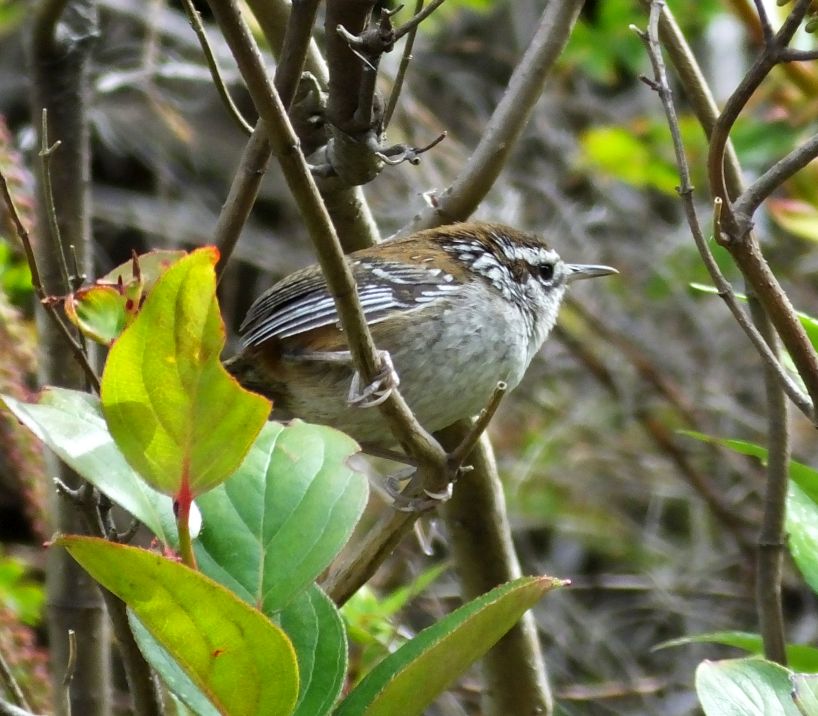Birding in Costa Rica means a lot of birds. I often say something along those lines but hey, good news is worth repeating. But seriously, there really are a heck of a lot of birds in Costa Rica! Thankfully, a lot of places are home to lots of birds too but what makes Costa Rica stand out is the number of bird species you can see in a short amount of time.
During a week of birding in Costa Rica, you could easily see more than 300 species, maybe even 400. Heck, even during a few days of birding, you can see an impressive number of birds. You have to go to the right places, put in the time, and it helps knowing how to find birds in Costa Rica but seeing 100 plus species in a day isn’t that difficult.
Last week, one full day of birding yielded well over 100 species, and another morning turned up far less but included several rare species or regional endemics. Then there was the birding that yielded more than 170 species, all in one morning.
Where did I go? What did I see? Highlights? Lowlights? Check it out-
Sunday Morning on the Bijagual Road
This spot is the name I give to the road that goes from Villa Lapas to the village of Bijagual and on to Macaw Lodge. This birdy byway goes along and near the southern edge of Carara National Park. There are forests, second growth, fields, and 200 or so species (or more). I have wanted to do some dawn birding in that area for a while. Despite the early, night drive down to the lowlands, I’m glad we did it!
To be honest, I wanted to see how the road might work as a Big Day starting point. Would I hear some key Carara birds from the road? Might I find something else?
Although it didn’t yield the Big Day results I was hoping for, it was still a great morning of birding. In addition to expected macaws, trogons, and lots of other birdies, we also had a few less expected finds. I knew White-crested Coquette was possible but I also know it trends elusive. I can’t blame the bird, it’s just about bug size and has to constantly hide from the larger, more aggressive members of its family.

BUT, at some flowering trees that were abuzz with hummingbirds, sure enough, we saw one! The bird was a female that popped in and out of view, not good for a photo but this was birding, NOT bird photography.
Other nice finds were hearing expected Marbled Wood-Quail, several Olivaceous Piculets, finding Pale-breasted Spinetail, and seeing the perched King Vulture shown above!
I can’t complain, in four hours of birding, we had 145 species.
eBird Checklist – 17 Mar 2024 – Road from Villa Lapas to Pura Vida Waterfall Gardens – 145 species
Then, we did some quick birding around Tarcoles, mostly checking the shore and taking a peak at roosting Black and white Owls. We ended the morning with 171 species. Bijagual road and Tarcoles – eBird Trip Report
A Morning on Irazu
A few days later, I birded the Irazu area for the morning. First stop was a stop for Bare-shanked Screech-Owl. As it often does, a roosting bird was calling in the early morning but try as we did, we just couldn’t find it. I think it roosts deep in some extremely vegetated high elevation bush.
While we scanned for the owl from different angles, a Maroon-chested Ground-Dove started calling! I usually see this bird at the Nochebuena but do sometimes hear them on the main road just south of there. The dove came closer and I did glimpse it once in flight but nope, it never perched where I could put it in the scope.
Next stop was a road next to the entrance to the national park. It didn’t take long to find our two main targets; the Timberline Wren and the Volcano Junco. After that, we went to the Nochebuena cafe and trails to look for another ground-dove. It took a little while but we did eventually have looks at a perched male!

We also enjoyed the other regular birds, had brief but good views of Buffy-crowned Wood-Partridge, and fantastic looks at a Bare-shanked Screech-Owl. Since we didn’t need to see the quetzal or pygmy-owl, we didn’t spend much time looking for those quality species before driving back at 11 a.m.
Irazu area March 20 2024 – eBird Trip Report
A Full Day From Poas to Virgen del Socorro
The following day was a full day of birding in highland habitats at and near Poas. The varied habitats and elevations always make for a good selection of birds and March 21st was no exception. This day, we got our fill of quetzal views along with looks at other expected high elevation birds.
Wrenthrush was sadly quiet but we still saw a bunch of other birds in the Varablanca area and then at Cinchona and Virgen del Socorro. Of those 129 species, highlights included Buff-fronted Quail-Dove, Black-bellied Hummingbird, silky-flycatchers, Flame-throated Warbler, and Yellow-winged Tanager.
Of yeah, and there was also an antswarm at Virgen del Socorro! Nothing too crazy but close looks at a few Zeledon’s Antbirds was nice and singing Ocellated Antbird in full view was even better!

Poas, Cinchona, Virgen del Socorro – eBird Trip Report
On another day of birding that included some lower elevation sites, I had even more species (153)- March 13 2024 – eBird Trip Report
Overall, the total from two mornings of birding and one full day was 254 species. Like I was saying, within a short amount of time, you really can see an incredible number of birds in Costa Rica!

